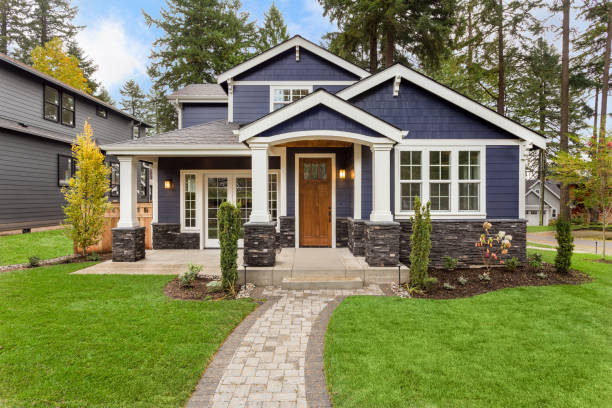Wise words from *** from Rob McLister at Ratespy***
Housing prices are ticking up again, with the national average price for homes sold in September reaching $515,500, according to the Canadian Real Estate Association’s latest report.
Rising prices puts prospective home buyers into a dilemma when it comes to saving for a down payment. Putting down the minimum five percent on a $500,000 home gets you into the housing market for a reasonable $25,000. Saving up a 20 percent down payment, on the other hand, avoids costly mortgage default insurance premiums (mortgage loan insurance from Canada Mortgage and Housing Corporation).
Note that the minimum amount required for a house down payment depends on the purchase price of your home. Homes valued at $500,000 or less need a down payment of five percent, while homes valued between $500,000 and $999,999 require five percent on the first $500,000 and 10 percent for the portion above $500,000. Home buyers need to put down 20 percent on homes valued at $1 million or more.
There are pros and cons putting down more or less on your home purchase. I reached out to Robert McLister, mortgage expert, to discuss house down payment options.
Pros and Cons of a 5% House Down Payment
Pros: The obvious advantage to making the minimum five percent down payment is there’s less capital required to become a homeowner and reaching that threshold requires less time to save.
“So many young buyers stay on the sidelines scrimping for a bigger down payment only to see home prices run away from them,” says McLister.
He points to the past two decades of price growth as evidence that getting into the market quicker can pay off, “provided home buyers don’t overextend themselves.”
Putting down less than 20 percent requires the buyer to purchase mortgage loan insurance to protect the lender against default. While the borrower must pay those insurance premiums, McLister says an advantage to having an insured mortgage will give you access to the lowest interest rates available.
A five percent down payment is also compatible with the First Time Home Buyers’ Incentive – the shared equity mortgage with the Government of Canada – and other governmental home subsidies.
A deliberately smaller house down payment can leave a borrower with a larger cash cushion, saving for more immediate closing costs and furnishings, or simply retaining more money for emergencies and other needs.
Another advantage is that automatic monthly mortgage payments create a forced savings plan for those who might otherwise squander that money away as a renter.
Cons: The financial impact of putting the minimum amount down on your home is that it comes with a 4 percent default insurance premium. While this amount can be rolled into the mortgage, it creates a highly leveraged situation with risk of negative equity should home prices fall.
“On day one you’re almost 99 percent financed. It doesn’t take much of a home price selloff to trap you in your home, preventing a sale,” says McLister.
A five percent down payment also means more interest expense over the life of your mortgage, compared to a larger down payment.
Note that the amortization for buyers with 5 percent down is limited to 25 years. The property also cannot be a non-owner-occupied rental property.
Another caveat to consider: Prospective home buyers can borrow the 5 percent down payment (even from a credit card) so long as they meet the lender’s debt limit ratio. This means, “they can essentially owe more than their home price on day one,” says McLister.
Pros and Cons of a 10% House Down Payment
Pros: A down payment of 10 percent gets you all the benefits of a 5 percent down payment, plus saves you money on insurance premiums (borrowers pay 3.1 percent instead of 4 percent).
An increased down payment also allows you buy a more expensive home. For instance, a 7.5 percent down payment makes it possible to purchase a $999,999 home.
Finally, a 10 percent down payment increases the chance you’ll be able to refinance at the end of a 5-year fixed term. That’s because refinancing typically requires a loan-to-value (LTV) ratio of 80 percent or less.
Cons: A 10 percent house down payment still means the borrower must pay mortgage default insurance premiums of 3.1 percent.
Your purchase price is also capped at $1 million, while your amortization is limited to 25 years. The property cannot be a non-owner-occupied rental property.
Also consider that 10 percent is the minimum down payment if
- The home has 3-4 units
- You want an insured stated income mortgage (for self-employed borrowers who can’t prove their income in the standard fashion)
- You’re buying a non-winterized or seasonal access vacation property
*** from Rob McLister at Ratespy***
